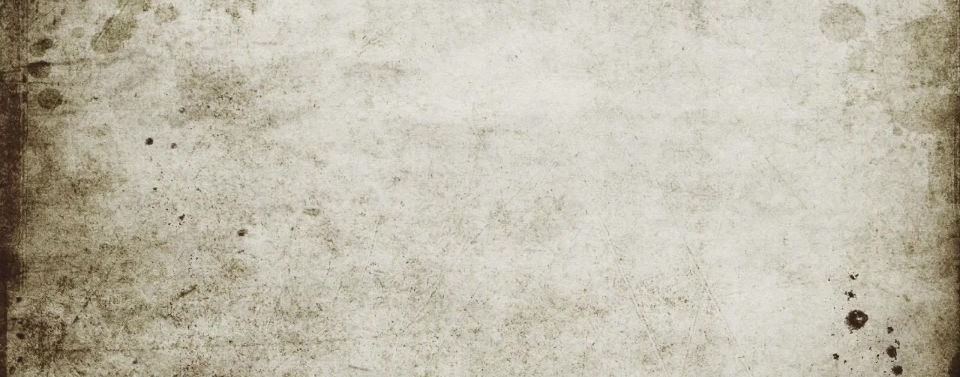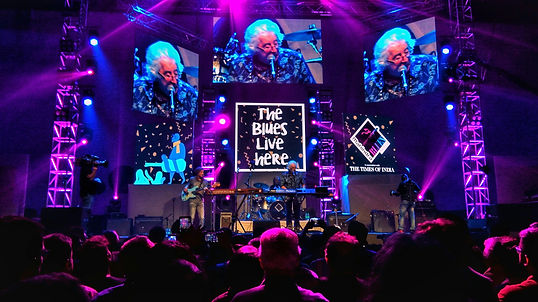african american music
By Apoorva Prakash

Depicting the African-American impact on American music in the majority of its brilliance and assortment is an intricate—if not impossible task. African American impacts are so essential to American music that there would be no American music without them. Individuals of African descent were among the earliest non-indigenous settlers of what might turn into the United States and the rich African melodic legacy that they conveyed with them as a part of the foundation of a new American musical culture that mixed African traditions with those of Europe and the Americas. Their work tunes, move tunes, and religious music—and the syncopated swung, remixed, shook, and rapped music of their relatives—would turn into the most widely used language of American music, in the long run affecting Americans of all racial and ethnic foundations. The music of African Americans is a standout amongst the most beautiful and unpreventable instances of the significance of the African American experience to the social legacy everything being equal, paying little respect to race or beginning.
Notwithstanding the reasonable effect of African American melodic legacy on American pop music, and the wide cluster of gifted and prominent African American musicians, African American artists and other non-white individuals are underrepresented in numerous industry grants. In light of this, these accomplishments are both an acknowledgement of the granted craftsman's ability and hard work just as a notice of what they needed to get over historically to pick up acknowledgement.
The origin and the roots of African-American music date back to the times of Transatlantic Slave Trade when Africans were taken away from their country and were sold to white people as slaves. The slaves were transported across the Atlantic in conditions so severe that many would fall sick in the ships. On landing on the American soil, these slaves would be sent to plantations, fields, farms and would also be used as slaves in their daily household services. Treated in inhumane conditions and harsh ways, these Africans had nowhere to wander off even in America in addition to their culture being stripped off of them.
Treated with aggressive dominance, they were also subjected to many restrictions which meant that they had no right to education or ownership of lands, hence a lot of their songs travelled via a word-of-mouth manner where in they would pass it down orally. Music to them was solace, a community builder and a voice through which they could talk about their struggles.
Following the Civil War, Black Americans, through work as musicians playing European music in military groups, built up another style of music called jazz which bit by bit advanced into jazz. The cutting edge classifications of blues and jazz were created amid the late nineteenth century by intertwining West African vocalizations - which utilized the normal symphonious arrangement, and blue notes. The earliest jazz and blues accounts were made during the 1920s. African-American performers created related styles, for example, Rhythm and Blues during the 1940s. During the 1960s, soul artists affected white US and UK artists. In the mid-1960s, Black performers created funk and they were a large number of the main figures in the late 1970s classification of a jazz-shake combination. During the 1980s, Black specialists created hip-jump, and during the 1980s presented the disco-mixed move style known as house music. During the 2000s, hip-bounce accomplished huge standard prominence. Advanced music is vigorously affected by past and present African-American music sorts.
A lot of their instruments, historically, consisted of drums, and string instruments. The idea was to combat poverty. Slaves had very little money; hence almost all their resources were natural like drums made of wood and animal skin. Slaves also had to travel far and wide to other states hence to avoid excessive load, they made such lightweight and portable instruments. The original drum was a native instrument to the Africans but due to racism and unjust checking, it got banned in the US as it was seen as a symbol of rebellion because the whites thought that the songs they sung were of protest only.
After Abraham Lincoln’s abolishment of slavery, the African-Americans were now free to work for themselves but due to previous denial of education, there was a very limited skill set that they possessed. This made the few of those turn to the music industry for a living. As the drum was still not legalized, this led to the invention of various other instruments like Tambourine, Banjo, and Fiddle. What also attracted them were marching bands and their brass instruments. In the early 20th century, after the legalization of drum, black players began to experiment with the instruments and improvise. Bass drum, tam-tam, snare and cymbals would get arranged on the floor, not for a marching band but to get played by one single human. This led to the invention of a drum set which is one of the most important instruments of time.
Country: all of us at one point or another have been fans of or have at least heard songs from the popular Disney show called Hannah Montana. While the show was popular for its story line among teen girls, what also tagged along was the track list. Despite pop songs, the show also had many country songs. Country music comes from the Southern states of America like Virginia, South Carolina, and Tennessee etc. the music makes use of string instruments like Banjos, guitars, harmonicas and fiddles. For better correlation, any song which gives off the vibe of deserts and cowboys can be categorized under this genre, in layman terms. Despite its origins from the 1920s, the genre is known to have gained the most popularity in 2009. This happens to be the time when, the now pop artist, Taylor Swift was still a country artist and came with the most popular songs of the time like Love Story, and You Belong with Me.
Genres like Electro, Funk, and Techno are also closely associated and used to get played many often in discos in the 1980s.
Blues: this music genre originates from the Deep Southern States of New Orleans, Atlanta, Houston, and Birmingham. The genre dates back to 1870s and was sung on plantation fields hence giving the lyrics a rhyming narrative. The genre incorporates spirituals, work songs, chants, and shouts. Due to this the song is closely related to themes of “ending slavery” and “freedom of slaves”. Characterized by its lyrics, bass lines, and instruments, the genre consists of single liner lyrics which get repeated four times. This lyricism got adopted by pop music for their chorus too. The audience expanded after WWII to a white population.

Credits: Arnab Lahiri
Hip Hop: hands down the most popular genre has to be Hip Hop. Also known as Rap (Rhythm and Poetry) the genre makes use of a highly rhythmic set of lyrics which are generally poetic in nature. Although highly associated with Rap, Hip Hop also consists of DJing (which is not a part of pop genre!), beatboxing, and instrumental tracks. Born in the late 1970s, New York, Hip Hop is so much more than songs about Ganja, Pimps, and flaunting riches. The lyrics also accommodate issues of racism, police violence in the US, African representation, and other struggles faced by POC. Hip Hop has gained reputation worldwide, which was clearly visible in the Bollywood movie, Gully Boy. The genre in the US due to its lyrics is subjected to misinterpretations and gets linked to violence which was mocked by Kendrick Lamar in his song DNA.
Other sub-genres of Hip Hop consist of DJing which got popularized by DJs like David Guetta, and Calvin Harris and is the most popular music played in clubs in this date.
Jazz: characterized by swing, blue notes, and improvisation, Jazz is a music type that started in the African-American people group of New Orleans, the United States in the late nineteenth and mid-twentieth hundreds of years and created from roots in blues and jazz. Jazz is seen by numerous individuals as "America's traditional music". Since the 1920s Jazz Age, jazz has turned out to be perceived as a noteworthy type of melodic expression. It at that point rose as free customary and mainstream melodic styles, all connected by the normal obligations of African-American and European-American melodic parentage with an execution introduction.
Typical instruments consist of piano, trumpet, saxophone, drums, guitar, and other brass instruments.
R&B: Rhythm and Blue, commonly known as R&B, is another popular genre in this date. The genre is an amalgamation of other African American genres like Jazz, Blues, and Gospels. Hence, during its marketing, the genre was popularly defined as “urban, jazz with heavy, rocking, and insistent beat”. Instruments are same as the ones used in Jazz. Although, over the years R&B has evolved to be something so much more than a derivation of Jazz. R&B lyrical topics frequently coin the African-American experience of agony and the journey for opportunity and bliss, just as triumphs and disappointments regarding connections, financial matters, and yearnings-just like Rap.
Due of its commonality with rap, many rappers are also R&B musicians.
Rock and Roll: much like R&B, Rock and Roll is also a derivation of various other genres but consists of beats more suitable for dancing followed by lighter lyrics. Developed in the 1940s-50s, the genre’s name makes it pretty self explanatory of the type of content it has to offer.
Moreover, rock and roll may have added to the social equality development in light of the fact that both African-American and white American young people enjoyed the music. It proceeded to generate different kinds, frequently without the at first trademark steady rhythm, that is presently more normally called essentially "rock music" or "rock".









